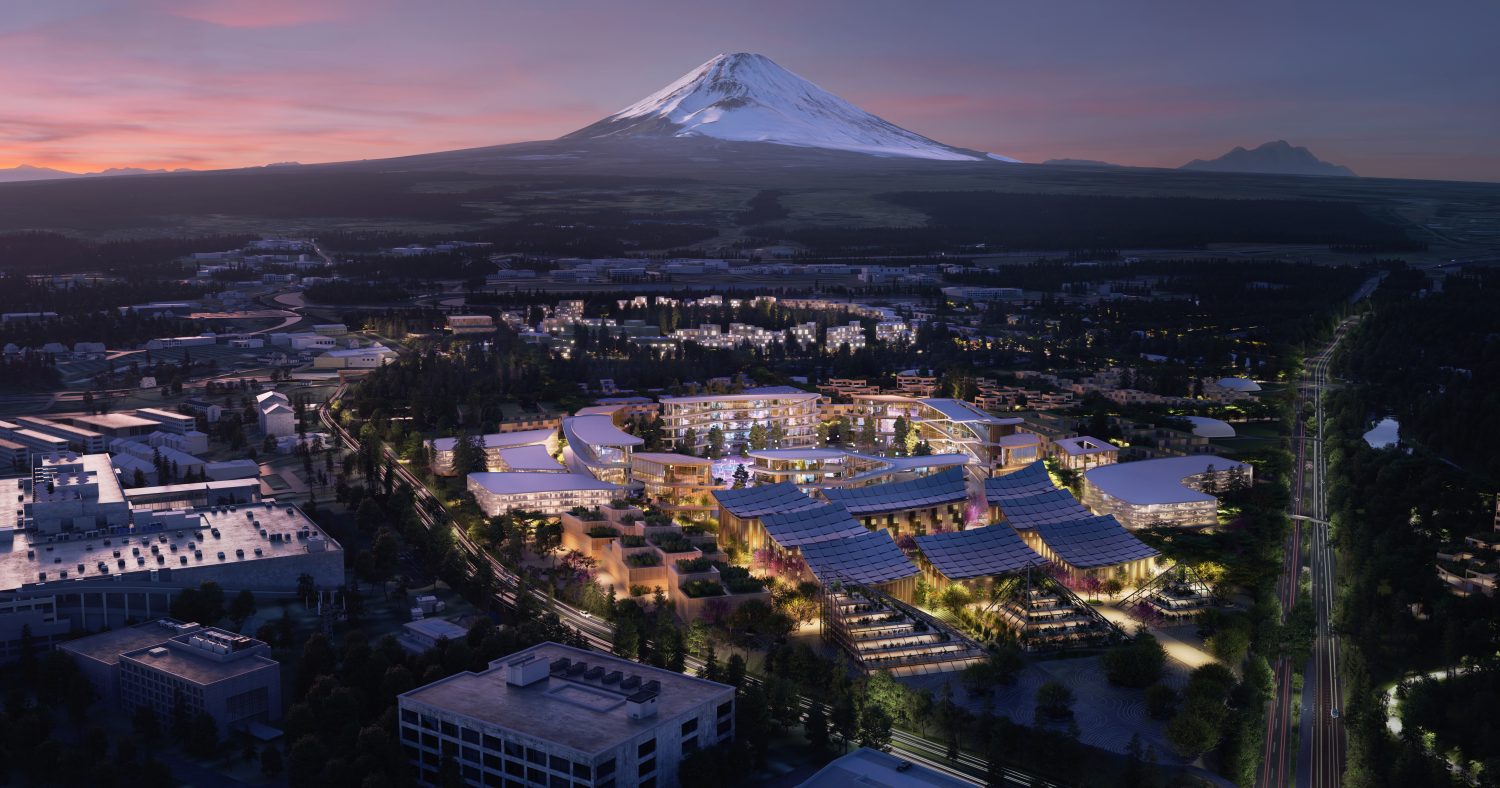
Toyota just announced its plan to create a prototype city of the future near the base of Mount Fuji in Japan. The site will be 175 acres and it will be called the “Woven City.”
According to a press release from the Japanese automaker, the prototype city will have a fully connected ecosystem powered by hydrogen fuel cells. This same technology can be found in current vehicles like the Mirai.
Similar to what Walt Disney had in mind when he created EPCOT (Experimental Prototype Community of Tomorrow), Toyota’s concept is a place where people can live knowing they have a sustainable future.
“Building a complete city from the ground up, even on a small scale like this, is a unique opportunity to develop future technologies, including a digital operating system for the city’s infrastructure,” said Akio Toyoda, president, Toyota Motor Corporation.
While designing a new city is an unforeseen move on behalf of Toyota, the news catalyzed plenty of excitement at CES on Wednesday when the automaker formally announced the project.
What makes it even more interesting is how much research Toyota’s team has put into the idea, making the reality of this prototype city not that far from reach.
“With people, buildings and vehicles all connected and communicating with each other through data and sensors, we will be able to test connected AI technology in both the virtual and the physical realms, maximizing its potential,” said Toyoda.
In charge of designing the new city will be Danish architect, Bjarke Ingels, CEO, Bjarke Ingels Group (BIG). His resume includes spearheading the design of projects like New York City’s 2 World Trade Center, London’s Mountain View, and Denmark’s Lego House.
“With the breadth of technologies and industries that we have been able to access and collaborate with from the Toyota ecosystem of companies, we believe we have a unique opportunity to explore new forms of urbanity with the Woven City that could pave new paths for other cities to explore,” said Ingels.
The Woven City will be built using sustainable materials like wood for buildings and rooftops with photo-voltaic panels to generate solar power. Furthermore, residents will move through the city using only fully-autonomous, zero-emission vehicles.
At first, the prototype city will be populated by 2,000 people made up of Toyota employees and their families, retired couples, retailers, visiting scientists, and industry partners.
Groundbreaking is scheduled for early 2021, so we can see this city come to life sooner rather than later. For more information on Toyota’s Woven City, visit https://www.woven-city.global/.
This post was published on January 7, 2020
The new Lexus TX 350 is taking up space. Not in a bad sense but… Read More
Destined for the cutting room floor after model year 2023, the Chrysler 300 makes its… Read More
Napleton Automotive Video Review Maserati Levante Napleton Automotive is loving the Maserati Levante Luxury SUV!… Read More
The Mercedes-AMG SL55 Roadster is something else. Not content to be a standard drop top… Read More
Shopping for a new vehicle with good options at a great price point? Napleton Automotive… Read More
The Kia K5 Sedan, in a world of SUVs, still shines In a world of… Read More